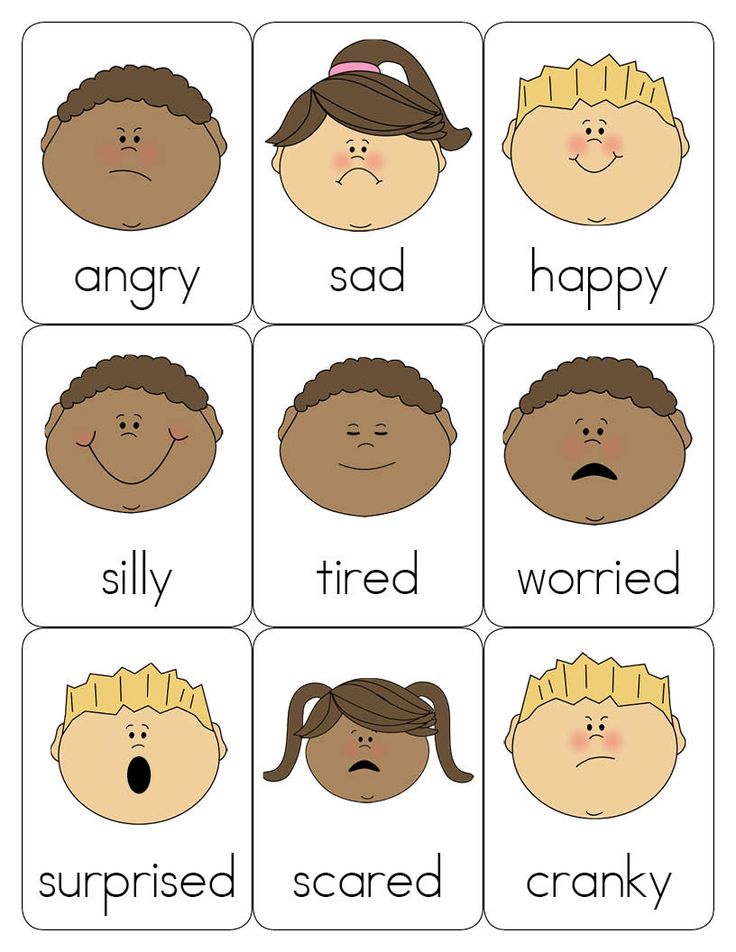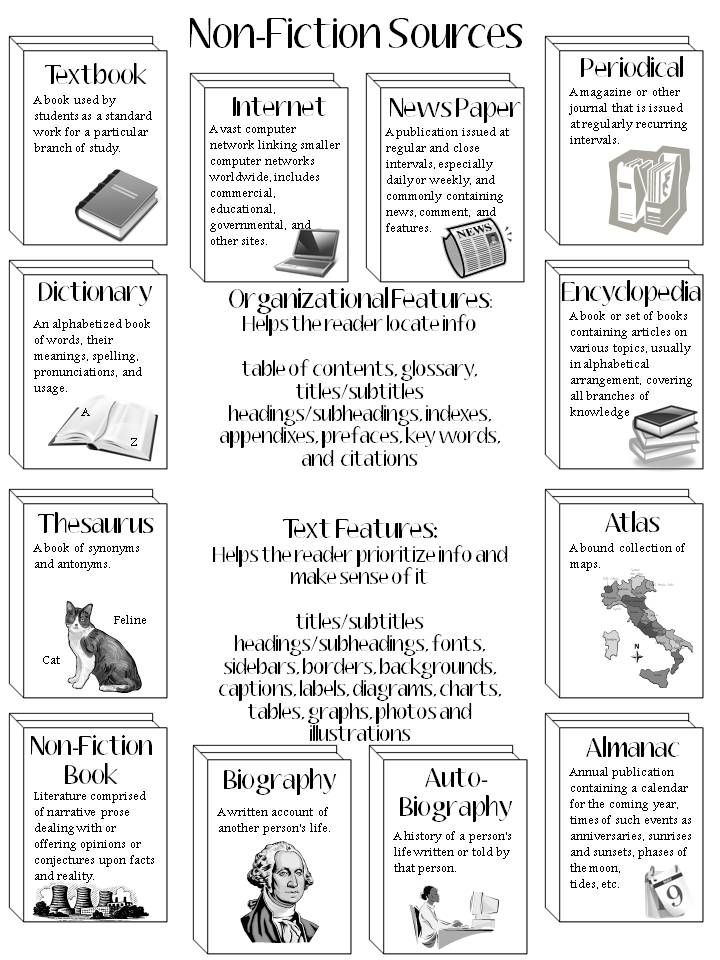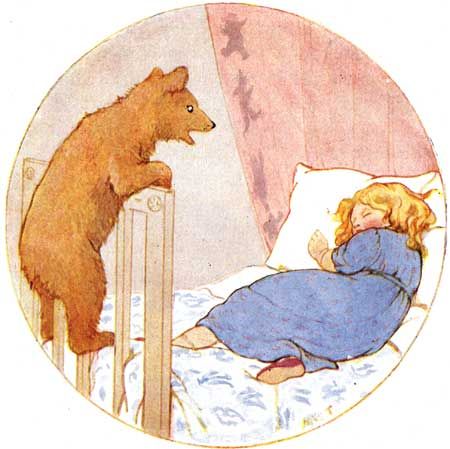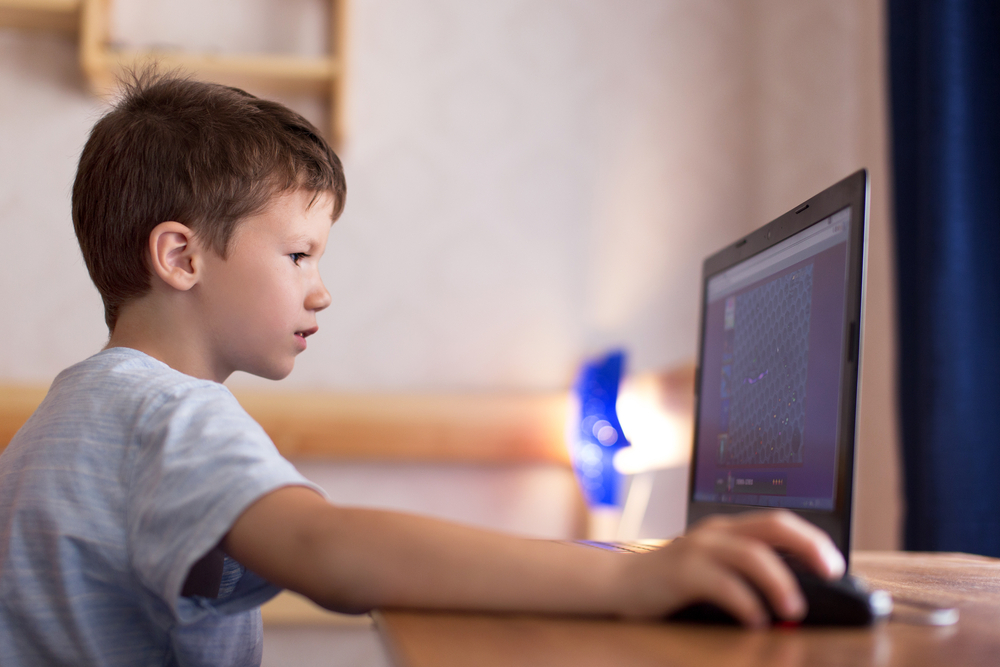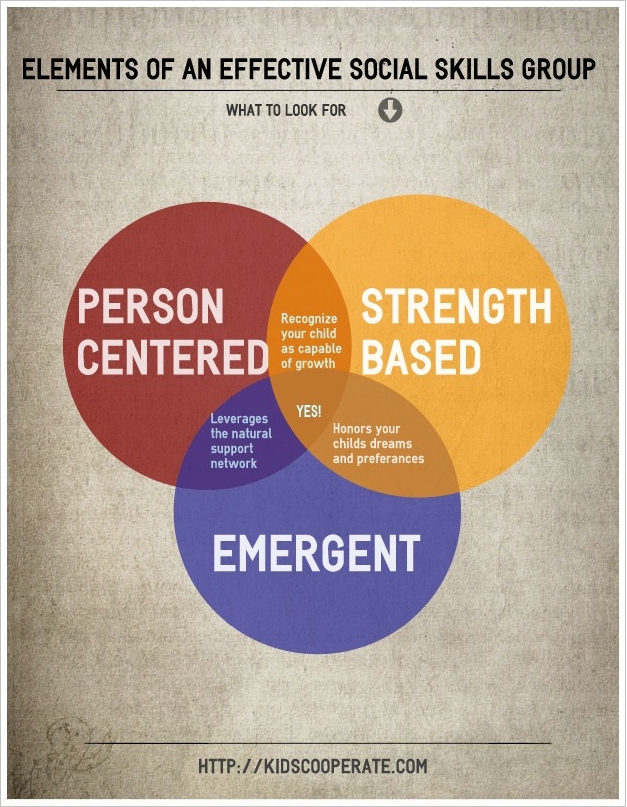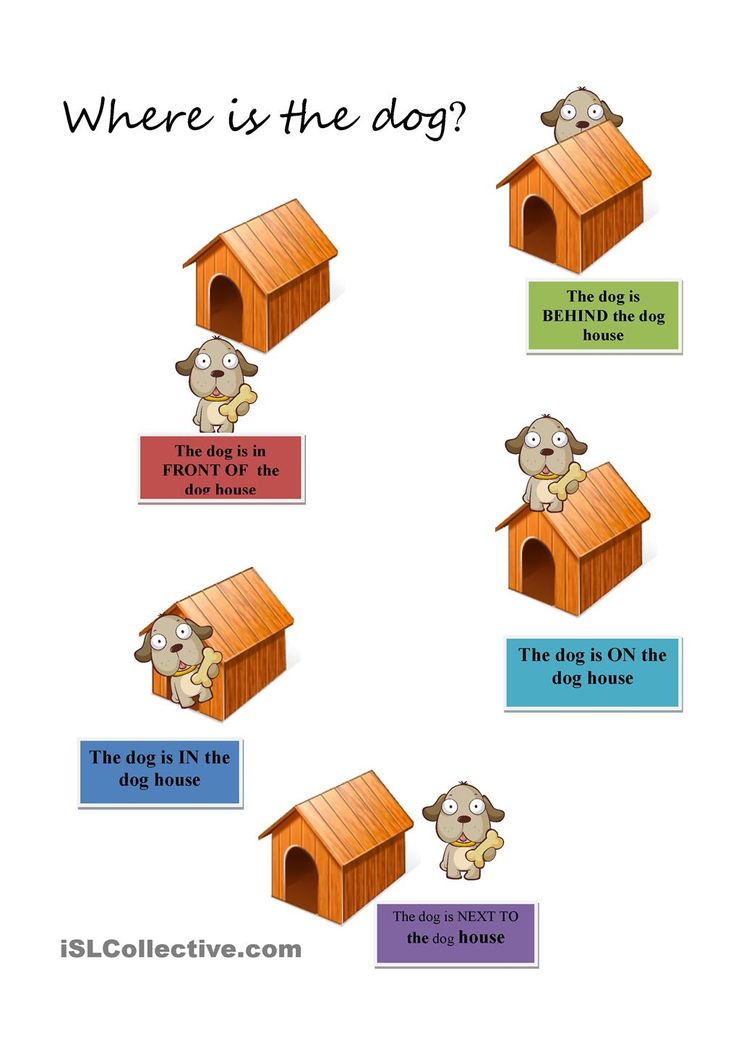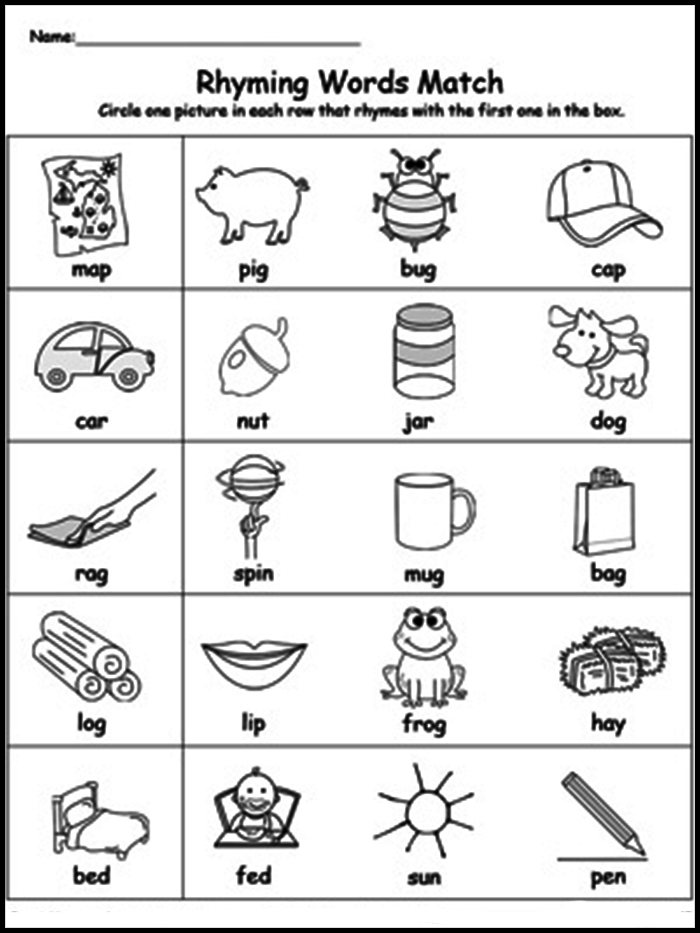Feelings for preschoolers
8 Fun Feelings Activities for Preschoolers
- Share
Early childhood is as much about developing a child emotionally as it is about building physical and intellectual capabilities.
These feelings activities for preschoolers bring art, songs, discussion and stories together, to help kids experience their emotions in practical ways.
How do you teach preschoolers about feelings?
As children progress through the stages of emotional development, they naturally learn to identify their feelings and express them in healthy ways.
Much of a child’s emotional development happens during play.
While children are playing dress-up or engaging in pretend play, they are imitating and acting out real-life scenarios, which are full of emotions.
Pretend play gives children a way to safely act out and practise big emotions such as fear, love, sorrow and anger.
However, parents and teachers can also find opportunities for teaching emotions to preschoolers by planning special feelings/emotions activities.
Here are a few ideas.
1. Mirror Emotions
Give children a hand-held mirror or stand in front of a large mirror. Ask them to explore their emotions in their reflections.
Ask them to make different faces. Start with easier emotions to identify, such as sad, happy and angry. Ask how their faces change as their emotions change.
Then, try to play with emotions such as boredom, excitement and worry. What do those faces look like?
Tell children to think of a cute puppy, running away from a lion, a very sad baby, or a big gift they are about to unwrap. How and why do their faces change?
2. Dance Your Feelings
Challenge kids to make up dances to show what various emotions feel like:
- A tired dance (use scarves, slow movements and sleepy faces to slow music)
- An angry dance (stomp around the room, making jerking movements with stern expressions to choppy music)
- An excited dance (jump around with lit-up faces and a happy tune)
Choose music to match the mood and try out different emotions.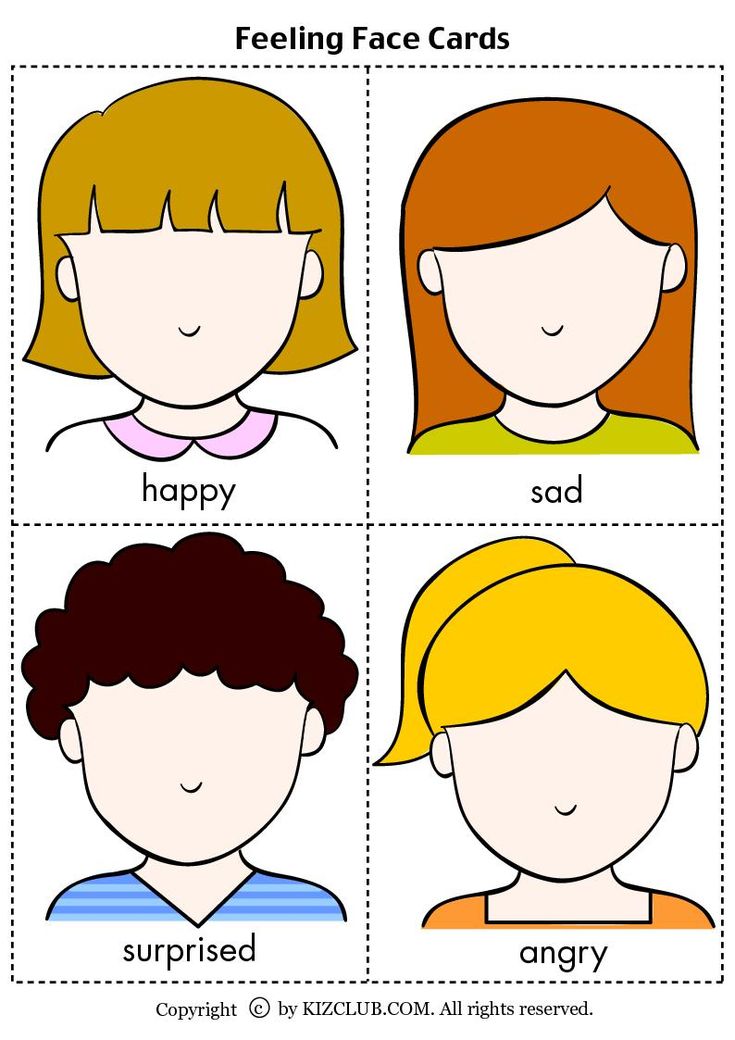
As a variation, play different kinds of music and ask children to show you, through their dancing, how the music makes them feel.
3. Emotion Drawing
Ask kids to draw a picture that explains how they feel.
Do not direct this activity too much. Rather allow children to express themselves with their own creativity. Different children will find different ways of representing their emotions.
Another way to do this is to play music (use the music from the dancing activity above) and ask your child to draw how the music makes them feel.
Tip: use clues from movies to help you choose the sounds, such as a choppy violin that’s used when a shark is approaching, or a slow, classical song that creates a sad atmosphere.
4. How Would You Feel?
Have a discussion about feelings and ask kids how they would feel in various situations.
Here are some examples of questions about feelings:
- How would you feel if…?
- How did you feel when…?
- How does it make you feel when…?
- Tell me about a time when you felt really scared.

- What does mom do that makes you feel loved?
Learning to verbalize and express feelings is an important part of healthy development.
5. Paper Plate Faces
Creative art is a great way to make a physical representation of emotions.
One of the simplest emotions crafts for preschoolers is to make paper plate faces, depicting various emotions.
These can be turned into masks or you could attach a craft stick (or ice-cream stick) to the bottom and turn them into puppets for kids to use during their dramatic play.
6. Story Time
Story time is one of the easiest ways to incorporate teaching emotions. Books are filled with characters experiencing the full array of emotions and learning important life lessons.
As you read your stories in class or at bedtime, remember to ask questions about what the characters are feeling, why they are feeling that way, as well as how you would feel in the same situation.
7. Feeling Faces
Challenge kids to page through a magazine, or a storybook and identify faces that show strong emotions.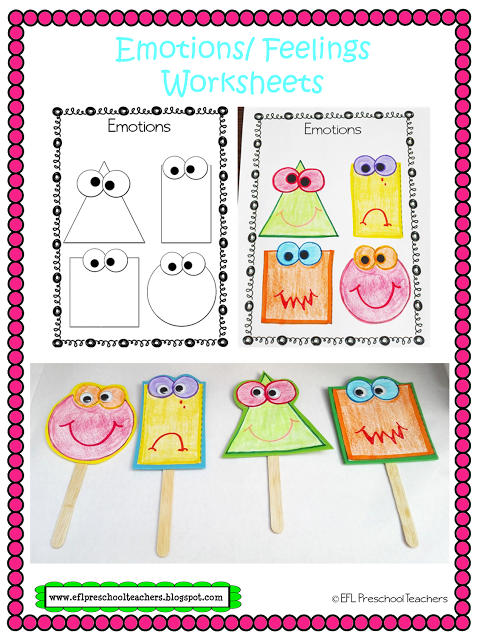 Animals’ emotions are also often clearly depicted in drawings.
Animals’ emotions are also often clearly depicted in drawings.
Cut out faces from a magazine and sort them into groups – happy faces, sad faces, angry faces, etc.
8. Emotion Songs
Music is an excellent medium for teaching skills in early childhood. These cute songs are all about emotions and kids will enjoy singing along to them.
If You’re Happy
This version of the popular song “If you’re happy and you know it” is by Super Simple Songs and it incorporates more emotions. Use these or make it up as you go along.
If you’re happy happy happy, clap your hands.
If you’re happy happy happy, clap your hands.
If you’re happy happy happy, clap your hands, clap your hands.
If you’re happy happy happy, clap your hands.
If you’re angry angry angry, stomp your feet.
If you’re angry angry angry, stomp your feet.
If you’re angry angry angry, stomp your feet, stomp your feet.
If you’re angry angry angry, stomp your feet.
If you’re scared scared scared, say, “Oh no!”
If you’re scared scared scared, say, “Oh no!”
If you’re scared scared scared, say, “Oh no!” say, “Oh no!”
If you’re scared scared scared, say, “Oh no!”
If you’re sleepy sleepy sleepy, take a nap.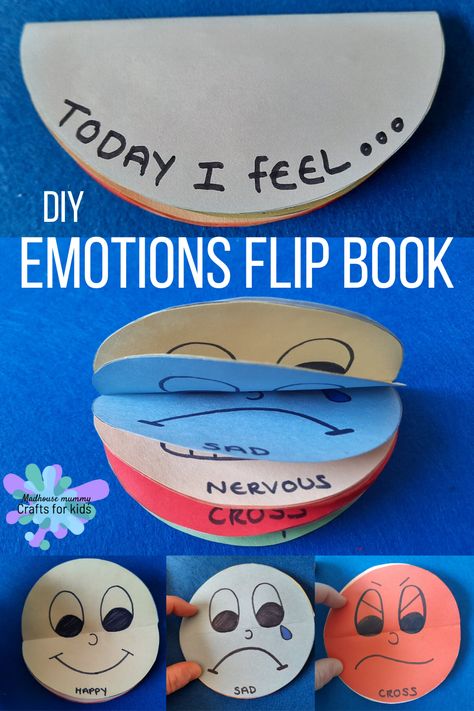
If you’re sleepy sleepy sleepy, take a nap.
If you’re sleepy sleepy sleepy, take a nap, take a nap.
If you’re sleepy sleepy sleepy, take a nap.
If you’re happy happy happy, clap your hands.
If you’re happy happy happy, clap your hands.
If you’re happy happy happy, clap your hands, clap your hands.
If you’re happy happy happy, clap your hands.
This is a Happy Face
This is a good song to introduce the topic of emotions and how our facial expression often reflects how we’re feeling.
You can listen to the tune here. Watch it and then play it in the background as you sing along and make the faces. It has great music to accompany all the emotions.
This is a happy face.
This is a happy face.
This is a happy face.
This is my happy face.
This is a sleepy face.
This is a sleepy face.
This is a sleepy face.
This is my sleepy face.
This is an angry face.
This is an angry face.
This is an angry face.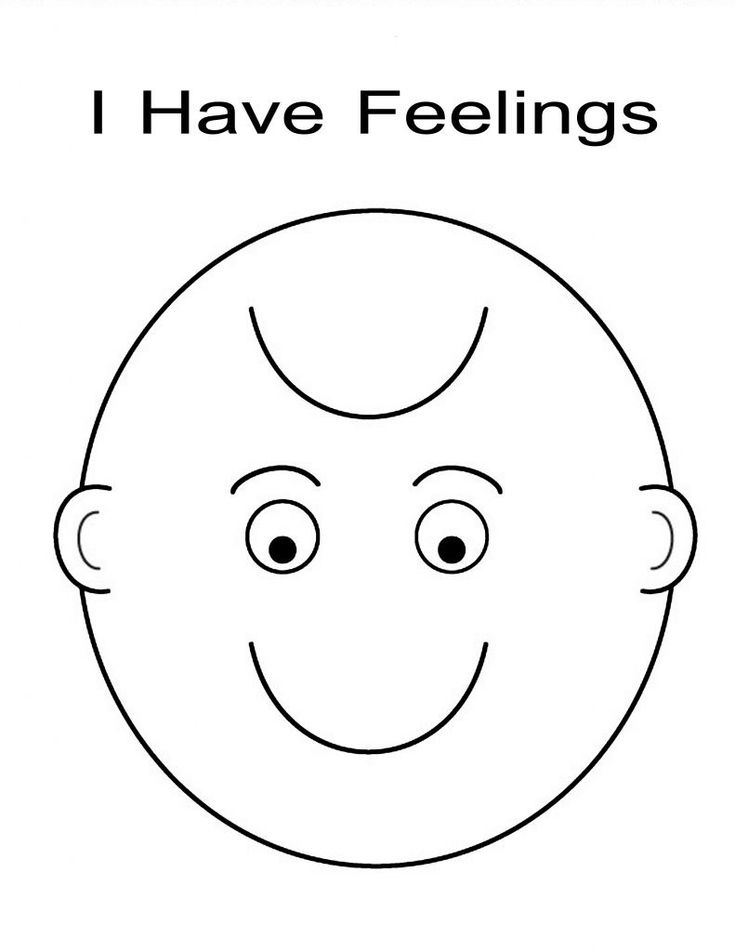
This is my angry face.
This is a surprised face.
This is a surprised face.
This is a surprised face.
This is my surprised face.
Happy. Sleepy. Angry. Surprised.
Happy. Sleepy. Angry. Surprised.
This is an excited face.
This is an excited face.
This is an excited face.
This is my excited face.
This is a sad face.
This is a sad face.
This is a sad face.
This is my sad face.
This is a nervous face.
This is a nervous face.
This is a nervous face.
This is my nervous face.
This is a silly face.
This is a silly face.
This is a silly face.
This is my silly face.
Excited. Sad. Nervous. Silly.
Excited. Sad. Nervous. Silly
“Now, let me see those faces!”
Show me your happy face.
Show me your sleepy face.
Show me your angry face.
Show me your surprised face.
Show me your excited face.
Show me your sad face.
Show me your nervous face.
Show me your silly face.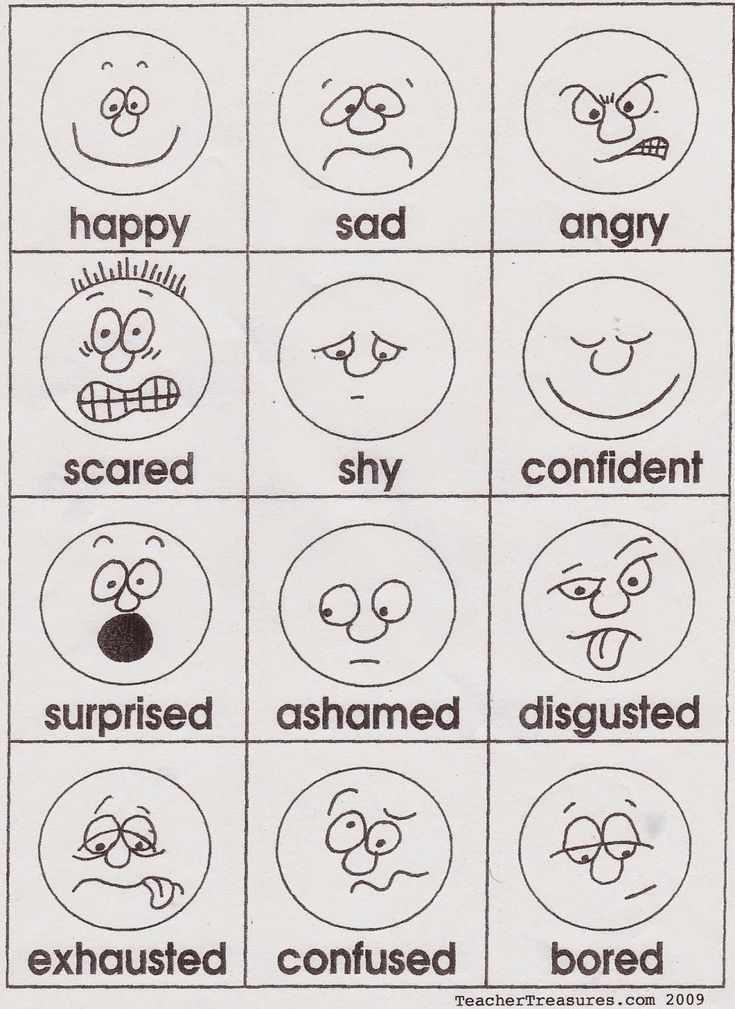
This is a happy face.
This is a happy face.
This is a happy face.
This is my happy face.
I hope you liked these simple emotions activities for preschoolers.
For more ideas, here are some social-emotional activities for preschoolers.
Get FREE access to Printable Puzzles, Stories, Activity Packs and more!
Join Empowered Parents + and you’ll receive a downloadable set of printable puzzles, games and short stories, as well as the Learning Through Play Activity Pack which includes an entire year of activities for 3 to 6-year-olds.
Access is free forever.
Signing up for a free Grow account is fast and easy and will allow you to bookmark articles to read later, on this website as well as many websites worldwide that use Grow.
- Share
Talking with preschoolers about emotions — Better Kid Care — Penn State Extension
Just like adults, children need to develop strategies for managing their emotions, so that they can build social-emotional skills.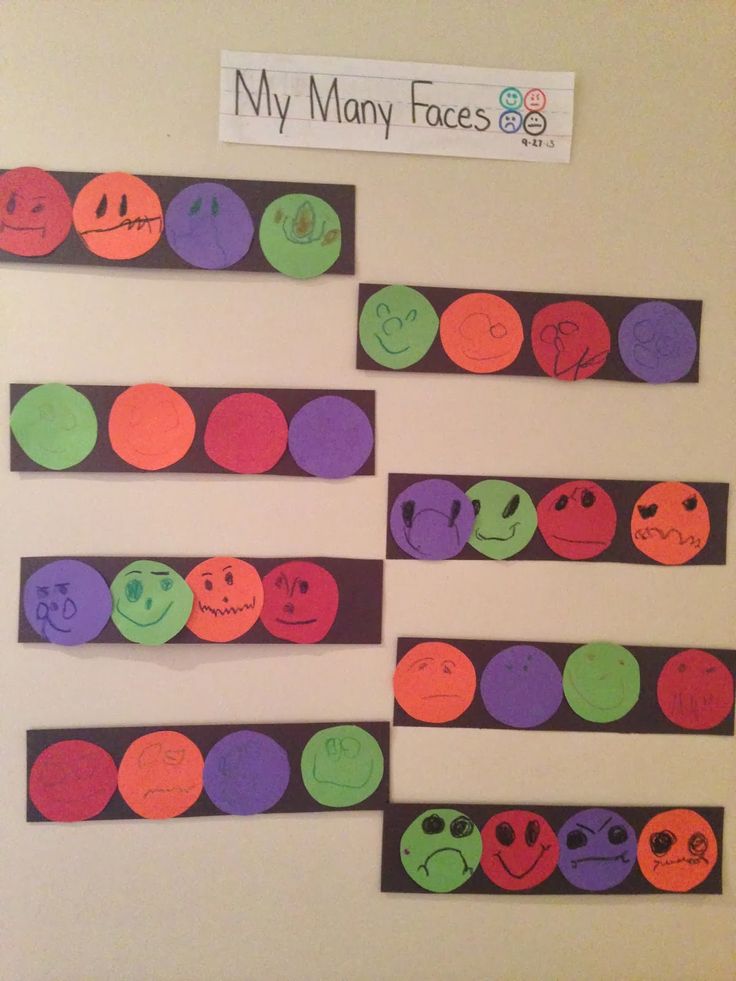 When children are more socially and emotionally aware and skilled, they can more effectively navigate relationships, calm down and problem solve when challenges arise.
When children are more socially and emotionally aware and skilled, they can more effectively navigate relationships, calm down and problem solve when challenges arise.
But unlike many adults, it can be difficult for children to recognize and understand emotions in themselves and others without adult support. The process of calming down when upset and using words to describe feelings and address challenges requires a lot of practice. It also requires a lot of adult support. When adults provide support and explanations, it helps children understand what they can do to manage their feelings. Children who learn how to understand emotions in themselves and others are better able to regulate their own responses to strong emotions.
Helping children to identify and label emotions is an important first step. Many preschoolers do not yet have the vocabulary to identify feeling words like angry or frustrated, or have the skills to “read” facial cues or to interpret body language.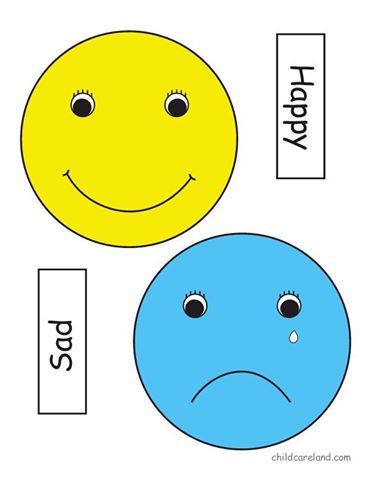 Adults support children’s social-emotional development when they label and talk about emotions.
Adults support children’s social-emotional development when they label and talk about emotions.
Support children’s emotional understanding:
- Ask children how they feel and notice children’s feelings throughout the day. For example, when a child has a concern or problem, ask questions or make comments like, “How are you feeling? or “It looks like you might be feeling sad about something.”
- Talk with children throughout the day about emotions. For example, when reading books to children, label the characters’ emotions and point out the facial expression and body language of the characters in books.
- Talk about how you are feeling during the day in appropriate ways. For example, “I am feeling happy today because today we are going on our field trip!” or “I am feeling sad today because I had to take my sick dog to the vet.” Direct children to look at your facial expressions and body language as you say, “How can you tell I’m feeling happy today?”
- Talk about how people might feel in different situations to help children understand the different contexts of feelings and that all people have feelings.
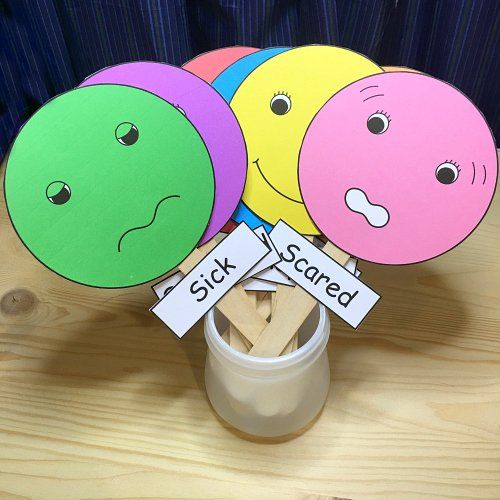 For example, when reading books or talking with children about their own lives, ask questions like, “Why do you think she felt that way? How could you tell she was feeling sad?”
For example, when reading books or talking with children about their own lives, ask questions like, “Why do you think she felt that way? How could you tell she was feeling sad?” - Label and define feelings for children when they do not have the words to express how they are feeling. For example, “It looks like you might be concerned that you won’t get a turn on the swings today. That feeling is called worried. Let’s figure out a plan to help you with the problem if you are feeling worried.”
When children experience strong emotions, it’s important for adults to support their efforts to calm down so they will be better able to talk about how they are feeling. After children learn how to calm down and talk about how they are feeling, they can then begin to problem solve. When children are able to problem solve challenges, they are better able to focus on tasks, to learn, to form friendships and to navigate social situations. Talking about problems and how to solve them helps children develop more flexible thinking, and helps them to think about different ways to solve a problem.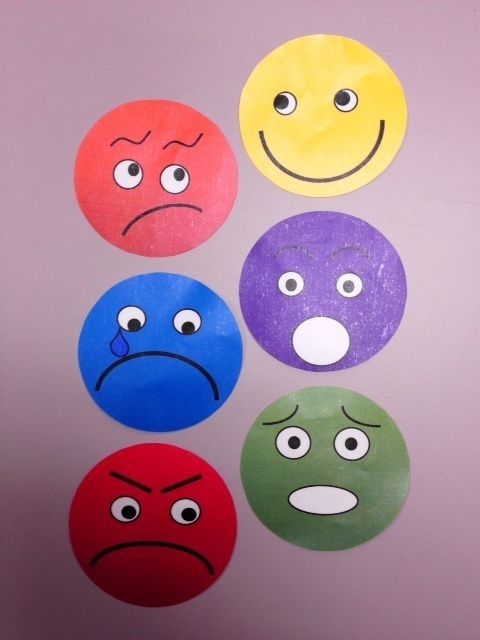 As children are able to better problem solve on their own it helps build their confidence and sense of “I can do it!” attitude.
As children are able to better problem solve on their own it helps build their confidence and sense of “I can do it!” attitude.
Support children’s self-regulation and problem-solving skills:
- Help children when they need to calm down. For example, when it looks like a child is beginning to get upset say, “It looks like this is a good time to calm down. Let’s take a deep breath together.”
- Help children frame how they are feeling so that they can talk about the problem. For example, after a child has calmed down, reinforce feeling talk and problem-solving talk by saying, “You took a breath and calmed down, now you can say how you are feeling and what the problem is. Then we can figure out how to solve the problem.”
- Model feeling talk and problem solving throughout the day. For example, “I think I need to take a deep breath and calm down. I’m feeling frustrated because I can’t find the book I was going to read to you. I’ll have to think where I put it. I had it when I walked over to the book nook.
 If I walk over there, maybe I’ll find it.”
If I walk over there, maybe I’ll find it.” - Encourage children to share their feelings with each other. For example, when problems arise, encourage children to talk with each other about their feelings and about the problem. This process helps children label their feelings so that they can calm down, talk about a problem and talk about a solution to the problem.
- Help children make the connection that all feelings are ok, but not all behaviors are ok. For example, “It is ok to feel frustrated when you have to wait your turn for your favorite center. It is not ok to push your friend.”
- Be a cheerleader for children when they are problem solving! For example, “Tamara, you calmed down and told Jeremiah how you were feeling. Then you talked to Jeremiah about how to solve the problem so you could both play with the blocks. You were both great problem solvers!” Be specific when offering praise to children about their problem-solving efforts.
Helping children develop emotional understanding requires repeated and intentional practice.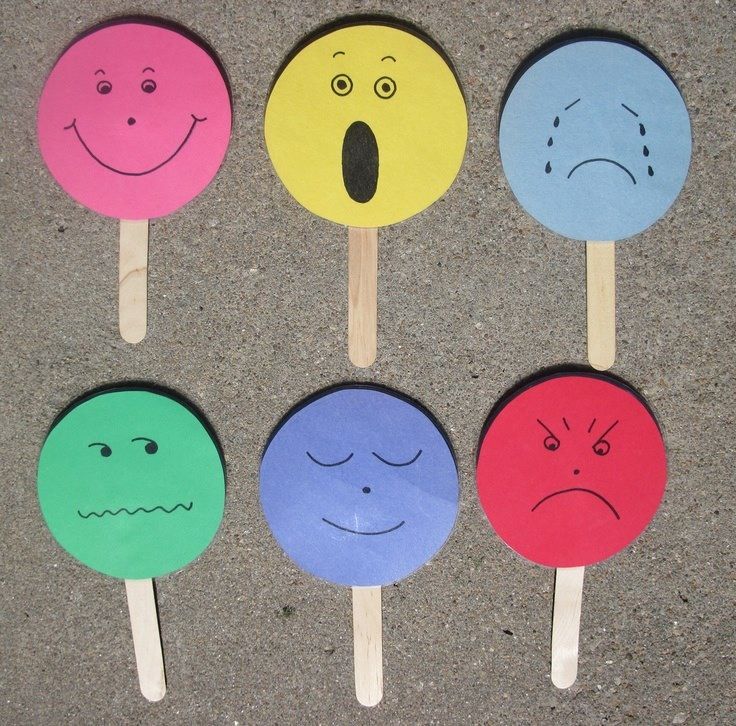 Adults support children’s development when they help children identify, label and talk about emotions, and when they support children’s efforts around problem solving.
Adults support children’s development when they help children identify, label and talk about emotions, and when they support children’s efforts around problem solving.
References:
-
Bierman K., C. Domitrovich, R. Nix, S. Gest, J. Welsh, M. Greenberg, C. Blair, K. Nelson, and S. Gill. 2008. “Promoting academic and social-emotional school readiness: The Head Start REDI Program.” Child Development 79: 1802-1817.
-
Collaborative for Academic, Social and Emotional Learning
-
Domitrovich, C., M. Greenberg, C. Kusche, and R. Cortez. 1999. Manual for the Preschool PATHS Curriculum. Channing-Bete Company.
-
Ursache, A., C. Blair, and C. Raver. 2012. “The Promotion of Self-Regulation as a Means of Enhancing School Readiness and Early Achievement in Children at Risk for School Failure.” Child Development Perspectives 6: 122-128.
Download Publication
Talking with preschoolers about emotions (PDF)
Article Details
Title
Talking with preschoolers about emotions This publication is available in alternative media on request.
Emotions and feelings of a preschooler
Development of emotions and feelings in ontogenesis
Definition 1
Feelings and emotions are a person's experience of his attitude to what he cognizes, to himself and other people.
Figure 1. Feelings of preschoolers. Author24 — Internet exchange of student works
In the process of learning about the world around him and himself, the child experiences a wide variety of emotions and feelings, which are considered as forms of reflection of reality. They are manifested in the preschooler's attitude to the world that surrounds him, in feelings about the appearance, as well as the satisfaction or dissatisfaction of his needs.
In ontogeny, the child initially develops emotions that reflect the simplest experiences associated with the satisfaction of natural needs - these are mostly positive emotions. At the age of two, information for the baby is carried by the reactions of people that reflect:
- joy,
- promotion,
- approval.
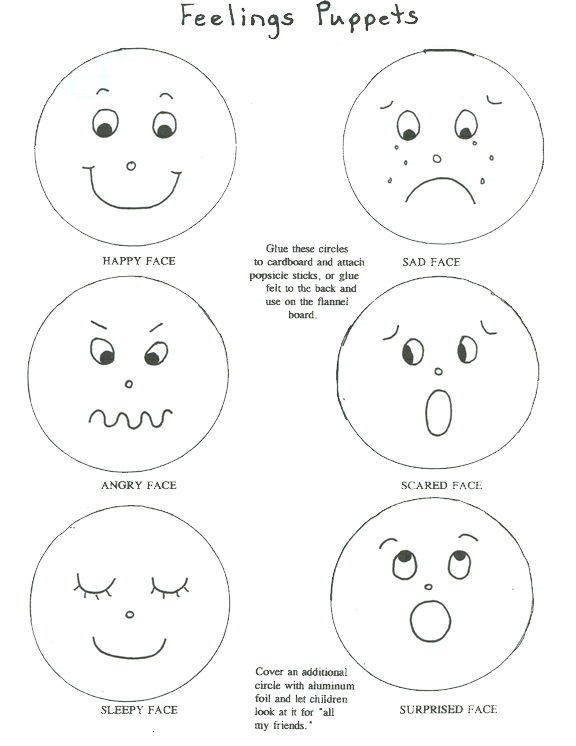
A small child can recognize joy well. Experts believe that positive emotions have a beneficial effect on the mental and physical development of a preschooler.
A preschooler's experience of displeasure can manifest itself in the form of fear, anger, disgust.
The differentiation of emotions is associated with the development of the personality of a small person, the expansion of the circle of those phenomena that evoke an emotional response.
In a child, the generalization of emotions occurs as the development of his feelings, which are directed to a specific object. Emotions are a manifestation of an experienced feeling, and the system of feelings and emotions in a preschooler is still being formed.
At preschool age, the development of the emotional sphere is characterized by a gradual separation of the subjective attitude from the object of experience. In young children, the object of experience and the relationship to this object merges with itself.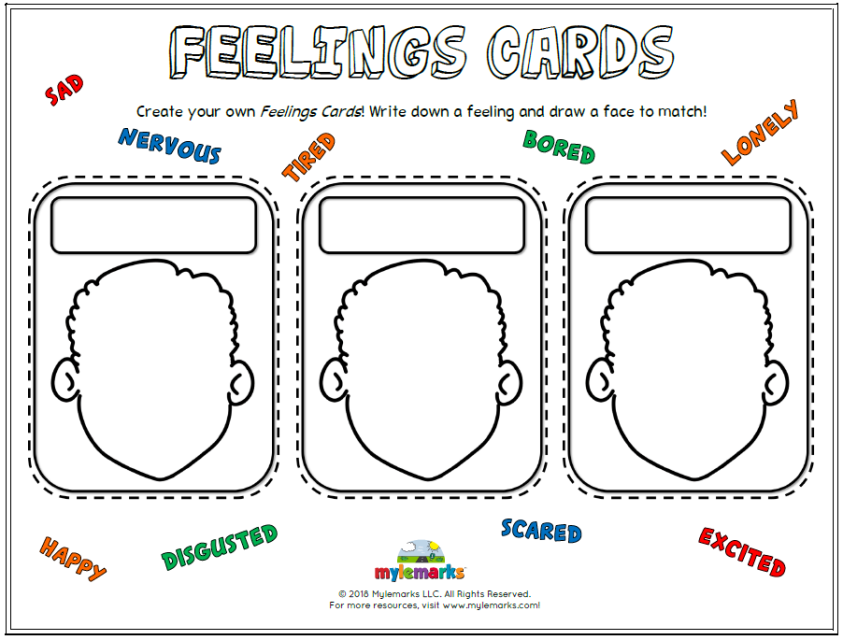 The child identifies himself with the characters of fairy tales, so all of them should have a happy ending for him.
The child identifies himself with the characters of fairy tales, so all of them should have a happy ending for him.
The dynamic and content side of emotions and feelings also develops at preschool age. As for the development of the content side, this happens in connection with the expansion and deepening of the child's knowledge. The dynamic side develops as a result of the formation of the ability to control and regulate their emotional manifestations.
The development of mental processes and, first of all, the development of speech, contribute to the development of emotions and feelings of the baby. The child, with the help of speech, is aware of his feelings and emotional manifestations, manages them. Thanks to speech, the child distinguishes between the external expression of emotions and their experience. The word affects the emotional sphere of the child and depends on his age. In children under 5 years of age, suggestion through the word fails - the reason for this is that the connection between the first and second signal systems is still very weak.
The relationship between signaling systems increases with older age. As a result, there is an increase in the emotional coloring of the second signal reaction and control of the second signal system, as well as control of the second signal system over the manifestation of emotions. As observations have shown, the emotional reaction of older preschoolers remains weak when a fairy tale or a story is presented without accompanying appropriate illustrations.
Conditions for the development of emotions and feelings of preschoolers
Research conducted by M.I. Lisina, they say that the emotions and feelings of a preschooler are formed in the process of his communication with adults and peers. Insufficient emotional development is typical for those children who are brought up outside the family and it can persist for life. In preschool institutions, there are many children for each teacher, so there are very few emotional contacts, but in the family, the child receives and experiences a whole range of experiences, the sources of which are parents.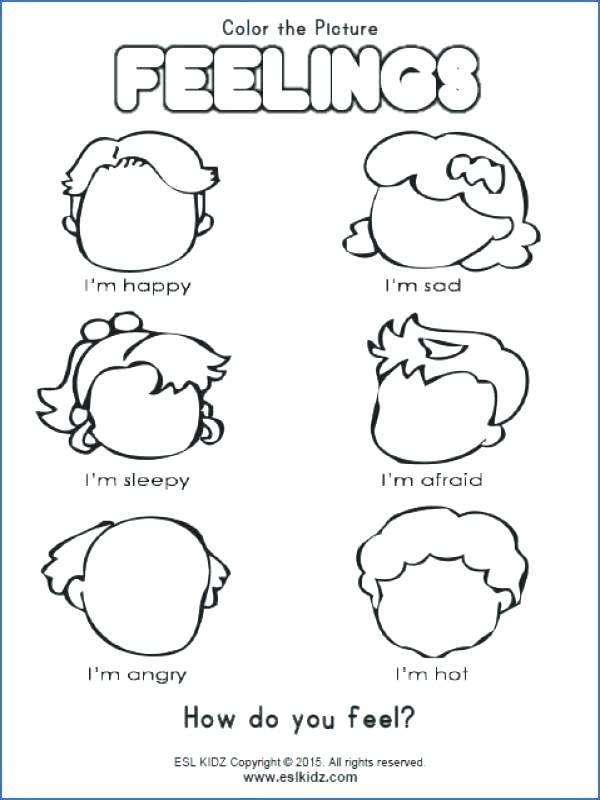 Preschool children are very good at capturing trouble in the family, which they show well in their drawings, and improper family communication forms a one-sided affective attachment, and most often to the mother.
Preschool children are very good at capturing trouble in the family, which they show well in their drawings, and improper family communication forms a one-sided affective attachment, and most often to the mother.
The child's communication, both in the family and in the preschool institution, must be carefully organized, because it can become a source of strong negative emotions. Rough treatment of one child negatively affects the entire children's team, causes hostility towards the teacher and makes the child reluctant to go to kindergarten.
According to T.A. Komissarenko, there is a direct relationship between the mood of a child and an adult. So, for example, the negative impact of the educator, namely a strict look, unkind tone, lack of empathy, led to the fact that children became aggressive with their peers, fought, took away toys. For some children, inhibition, depressed mood, unwillingness to enter into communication with peers became characteristic. The positive influence of an adult causes a positive reaction in a child.
In the course of communication between a child and an adult, a zone of proximal development of his emotional sphere is created. Emotional dependence on an adult persists in a child, both in early childhood and in preschool age. A child trusts an adult, if a positive relationship is established between them, he easily comes into contact with other children and other adults.
Compared to an adult, a child experiences much more emotions, because his life experience is still small, and he is poorly prepared for sudden situations.
Emotional response is a manifestation of the signaling function of emotions and feelings.
All changes taking place in the emotional sphere are connected with those changes that take place in the environment, in relationships with people, in the body.
Note 1
Children are optimistic about this or that life situation and, according to K. Chukovsky, they believe that life is created only for joy.
The formation of higher feelings
The formation of higher feelings in a preschooler occurs when he has a concept of good and bad, beautiful and ugly, when he has formed a cognitive need.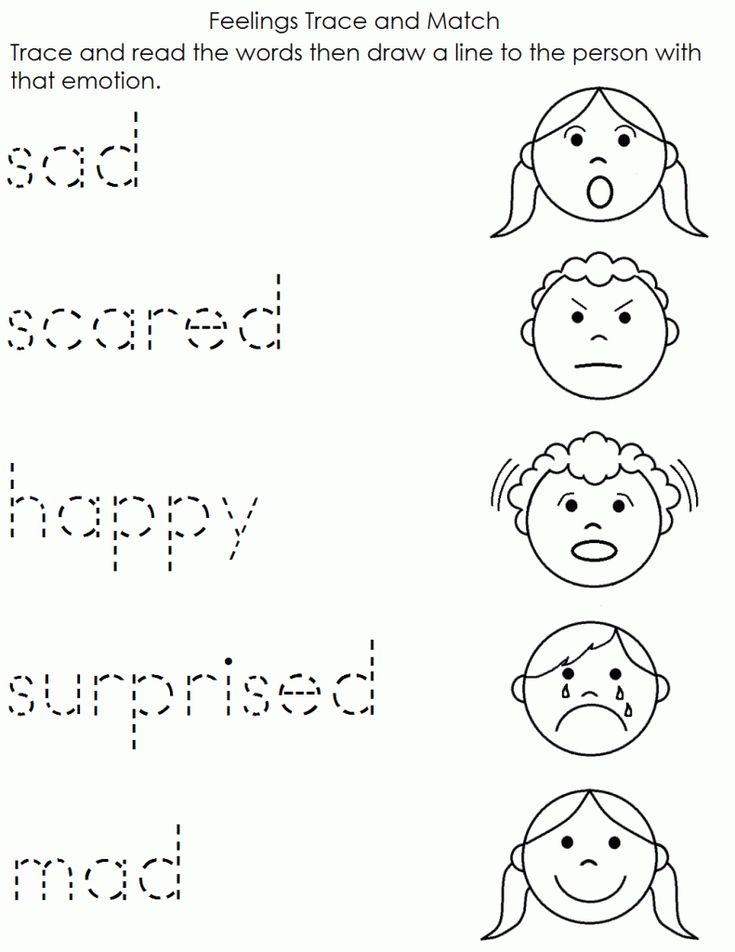
Feelings do not develop immediately, but gradually. At the first stage, the child can grasp only a certain meaning of events, and later he begins to grasp their generalized meaning.
The preschooler's higher feelings seem to merge - how "good" he evaluates objects and phenomena that cause him aesthetic experiences, if good - then beautiful.
From an ethical point of view, "good" means kind, and "good" intellectually means interesting.
The formation of higher feelings (intellectual, aesthetic, moral) begins at the age of 2-3 years.
Intellectual feelings arise in the process of cognitive activity - this is curiosity, surprise, curiosity, a sense of humor, a sense of something new.
Animals and birds evoke vivid cognitive feelings in children;
Cognitive feelings of preschoolers are expressed in numerous questions, great joy is brought to them by the success achieved, the discovery that they made on their own.
Intellectual feelings play an important role in the development of mental activity of preschool children; their characteristic is the love of truth, the desire for knowledge of reality.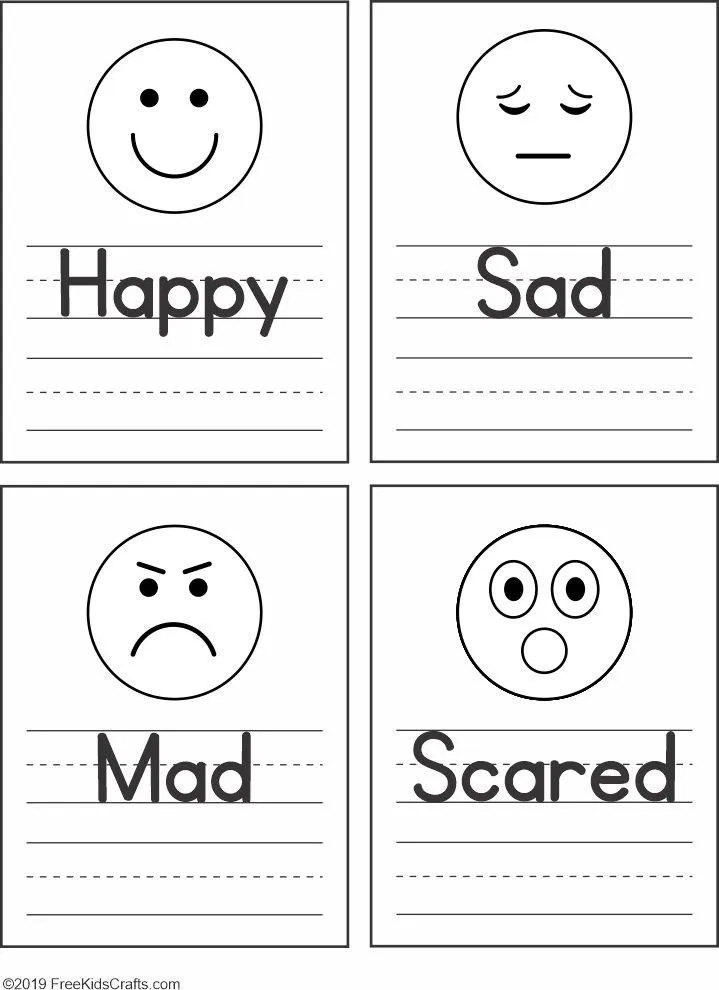
A sense of duty begins to manifest itself at the age of 4-5 - on the basis of knowledge, skills and abilities, moral consciousness is born and the child begins to understand the requirements that are placed on him, relate them to his actions, deeds, to the behavior of adults and peers.
At preschool age, the initial forms of comradely and friendly feelings arise if the children's team is well organized. At the same age, such a moral feeling as patriotism, a sense of pride and love for one's country begins to form.
Collective activities and serious assignments form in preschoolers a sense of duty, responsibility, demands on themselves or dissatisfaction with themselves. Dissatisfaction is the result of comparing oneself, one's skills and qualities with those of other children.
During preschool childhood, therefore, important changes take place in the emotional sphere of the child.
The preschooler's feelings are mediated by his social experience, knowledge of the environment, acquired moral assessments and his own experience of moral behavior.
Emotions and feelings of a preschooler
Table of contents:
Raising a child, from infancy to preschool age, plays an important role in society. Emotional influences also affect the upbringing of children. In the case of young children (1-5 years old), the main emotional influences are parents, grandparents, and those who are always close to the child. These people form the first stage in the formation of the child's personality, his emotional upbringing.
The main role in the mental development of preschool children (5-7 years old) and in the formation of the child's personality is played by education in the broadest sense of the word. This can be playful learning, the assimilation of social experience accumulated by previous generations, the appropriation of material and spiritual culture. Under the influence of the environment, the child learns to control and manage his emotions.
Emotions also arise as a result of the appearance of aesthetic feelings. Listening to music, looking at beautiful things and people, on the one hand, develops a taste for beauty, and on the other hand, enriches the emotional world of the child. Thinking about beauty, the child understands that pleasure is not always associated with the obvious (food, drink, play), but may contain an element of mystery.
Listening to music, looking at beautiful things and people, on the one hand, develops a taste for beauty, and on the other hand, enriches the emotional world of the child. Thinking about beauty, the child understands that pleasure is not always associated with the obvious (food, drink, play), but may contain an element of mystery.
Emotions associated with achievement are important for personal development. The sooner the child experiences the joy of setting a difficult goal for him and achieving it with great effort, the more constructive his overall development will be. Early experience of self-achievement sets high motivation for life. Therefore, even the most strict parent should allow your child at least a small loophole for independence.
Starting from kindergarten, the child begins to form emotions related to the social status of his family. Financial well-being, a complete or single-parent family, the position and lifestyle of parents - all this can be a source of both pride and shame.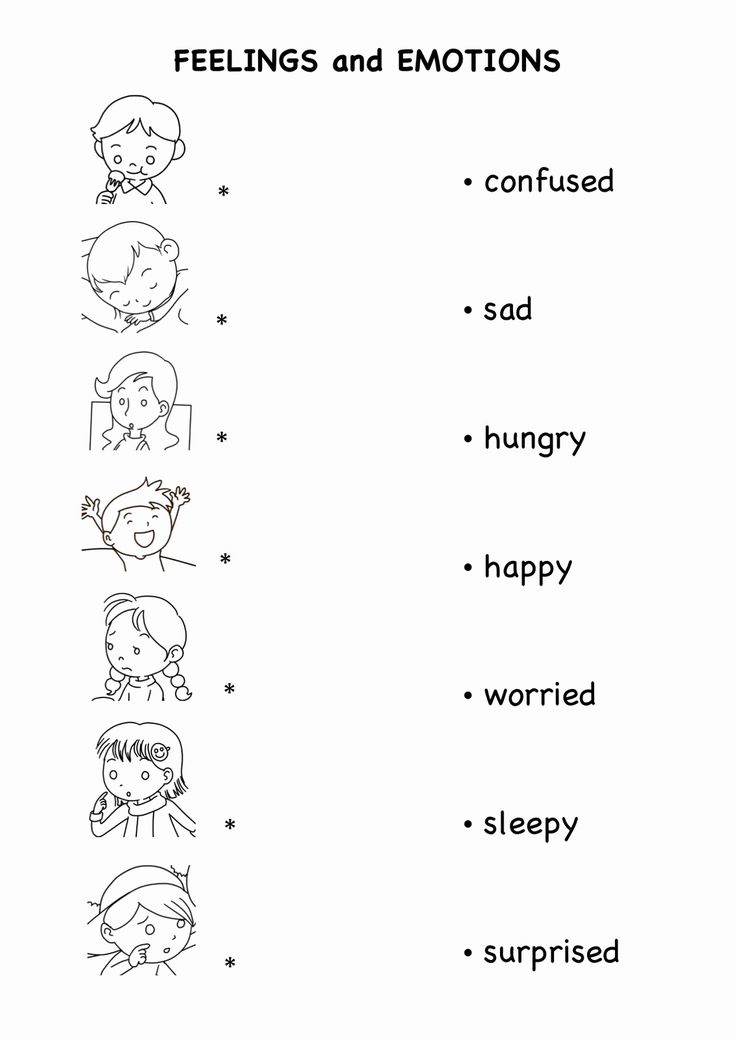 This greatly affects the formation of a child's self-esteem. At the same time, any change in self-esteem, up or down, is accompanied by a surge of emotions, positive or negative. The strength of such emotions can determine the character of a person, the features of his emotional world for the rest of his life.
This greatly affects the formation of a child's self-esteem. At the same time, any change in self-esteem, up or down, is accompanied by a surge of emotions, positive or negative. The strength of such emotions can determine the character of a person, the features of his emotional world for the rest of his life.
The social origin of emotions
Positive emotions have a social origin, they are caused by people in the child's environment: the child smiles for the first time at the sound of the voice of a familiar person. In the process of verbal communication through the intonation of the voice, the child receives an emotional charge, to which he reacts with positive emotions. Then there are visual influences - the child perceives the adult's facial expressions in accordance with the positive or negative color intonation.
There is evidence that there is already a differentiation of emotional discontent in the infant - these are reactions of fear and anger. For example, when a sharp and loud noise is heard above the baby's head, he trembles, his muscles tense, and he begins to cry.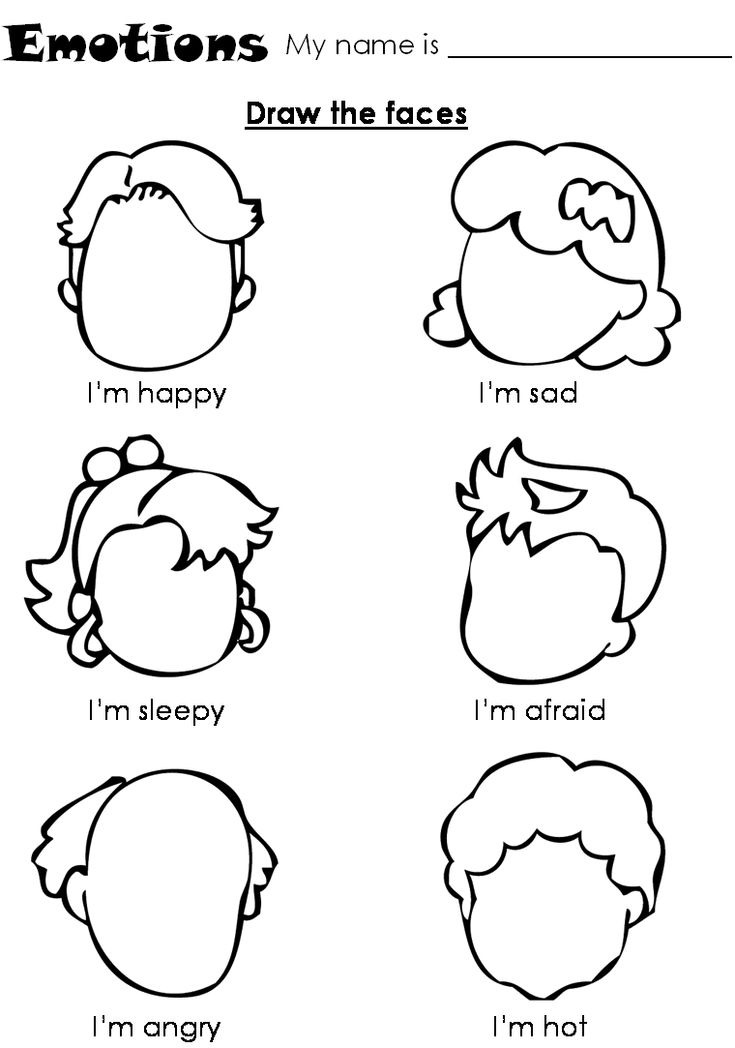 The same reaction (without tears) is observed in adults: If you accidentally drop a pot or pan or slam a door loudly somewhere, all this can cause a reaction of discontent or fear. It is believed that the child is afraid of birth and loss of support: if you abruptly pull the child out from under the mattress where he sleeps, you can see a wrinkled face, hear a cry. The state of discomfort, which, in turn, is manifested by crying, redness and wrinkles of the face, can be recorded in a child in a situation where the head, legs or torso of the child is held in one position for a long time.
The same reaction (without tears) is observed in adults: If you accidentally drop a pot or pan or slam a door loudly somewhere, all this can cause a reaction of discontent or fear. It is believed that the child is afraid of birth and loss of support: if you abruptly pull the child out from under the mattress where he sleeps, you can see a wrinkled face, hear a cry. The state of discomfort, which, in turn, is manifested by crying, redness and wrinkles of the face, can be recorded in a child in a situation where the head, legs or torso of the child is held in one position for a long time.
As a rule, at this stage, parents are most worried about negative emotions: the child is crying, crying - this means that something is bothering him, something is wrong. Satisfying the organic needs of the child, negative emotions are reduced, which leads to his calm.
Damage to negative emotions
We know what irreparable damage to the mental state and health of a person is caused by the frequent experience of negative emotions. Perhaps that is why the ancient experience of mankind created the pacifier and the cradle - these universal sedatives. And there is no reason to refuse them, especially since modern scientific research confirms the need and importance of the emotional calm of the child at the earliest stages of his development, the elimination of negative experiences, the elimination of factors that cause a state of discontent.
Perhaps that is why the ancient experience of mankind created the pacifier and the cradle - these universal sedatives. And there is no reason to refuse them, especially since modern scientific research confirms the need and importance of the emotional calm of the child at the earliest stages of his development, the elimination of negative experiences, the elimination of factors that cause a state of discontent.
Every mother knows that when a child feels uncomfortable, when he is tired of lying in one position, when he is cold and crying, it is enough to take him in his arms, put him to the chest, and he will calm down. In this situation, perhaps, there will be no act of feeding with its purely biological need for satiety, but there will be something more - emotional contact with the mother, positive emotions. Undoubtedly, it is necessary to feed the child at a certain time, as pediatricians recommend. But if there is a situation where you feel that only your hands and warmth will help the child to calm down, you can “forget” about the instructions of the pediatrician, because a calm child is the most important thing in this and subsequent stages of his development.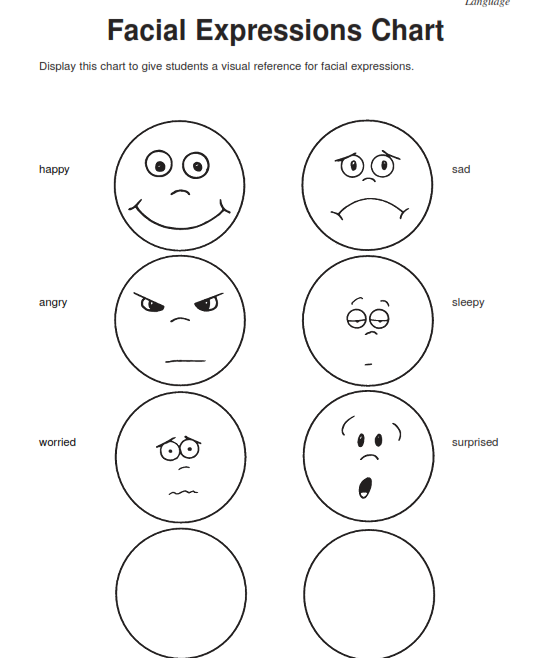 You should always try to find out what is bothering the child, what makes him cry and rock, take him in your arms, talk to him. Tenderness, attention, removal of negative emotions - this is the most important thing that a child needs at the first stage of his life. The main thing is not to overload him with negative emotions, come to his aid when he calls you with his crying.
You should always try to find out what is bothering the child, what makes him cry and rock, take him in your arms, talk to him. Tenderness, attention, removal of negative emotions - this is the most important thing that a child needs at the first stage of his life. The main thing is not to overload him with negative emotions, come to his aid when he calls you with his crying.
The development of emotions and feelings in ontogeny
Feelings and emotions are a person's experience of his attitude to what he is learning, to himself and to others.
In the process of learning about the external world and himself, the child experiences various emotions and sensations, which are considered forms of reflection of reality. They are expressed in relation to the world around the preschooler, in feelings about the appearance, as well as in the satisfaction or dissatisfaction of his needs.
During ontogenesis, the child initially has emotions that reflect the simplest experiences associated with the satisfaction of natural needs - these are mostly positive emotions.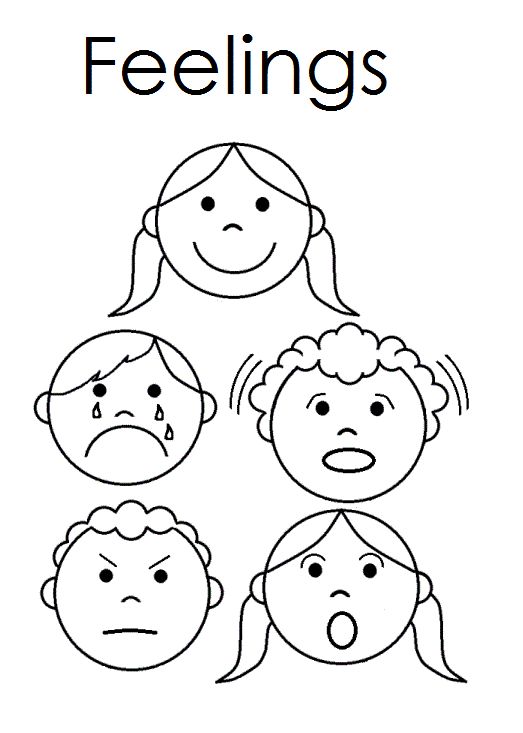 By the age of two, information for an infant is carried by the reactions of the people it reflects:
By the age of two, information for an infant is carried by the reactions of the people it reflects:
- Joy,
- encouragement,
- Release.
A small child recognizes joy well. Experts believe that positive emotions have a beneficial effect on the mental and physical development of a preschool child.
The preschooler's experience of dissatisfaction may manifest as fear, anger or disgust.
Differentiation of emotions is associated with the development of a young person's personality and expands the range of phenomena that cause an emotional reaction.
In a child, the generalization of emotions occurs as the development of his feelings directed at a specific object. Emotions are a manifestation of an experienced feeling, and the system of feelings and emotions of a preschool child is still under construction.
At preschool age, the development of the emotional sphere is characterized by a gradual separation of the subjective attitude from the object of experience. In young children, the object of experience and the attitude towards it merge with itself. The child identifies himself with fairy-tale characters, so all fairy tales should have a happy ending for him.
In young children, the object of experience and the attitude towards it merge with itself. The child identifies himself with fairy-tale characters, so all fairy tales should have a happy ending for him.
The dynamic and meaningful side of emotions and feelings also develops during preschool age. As for the development of the main side, it occurs in connection with the expansion and deepening of the child's knowledge. The dynamic side develops as a result of the formation of the ability to control and regulate one's own emotional manifestations.
The development of mental processes and especially the development of speech contribute to the development of the child's emotions and feelings. With the help of speech, the child is aware of and controls his feelings and emotional expressions. Through language, the child distinguishes between the external expression of emotions and their experience. The word affects the emotional world of the child and depends on his age. Children under 5 years of age are not sufficiently impressed with words - this is because the connection between the first and second signaling systems is still very weak.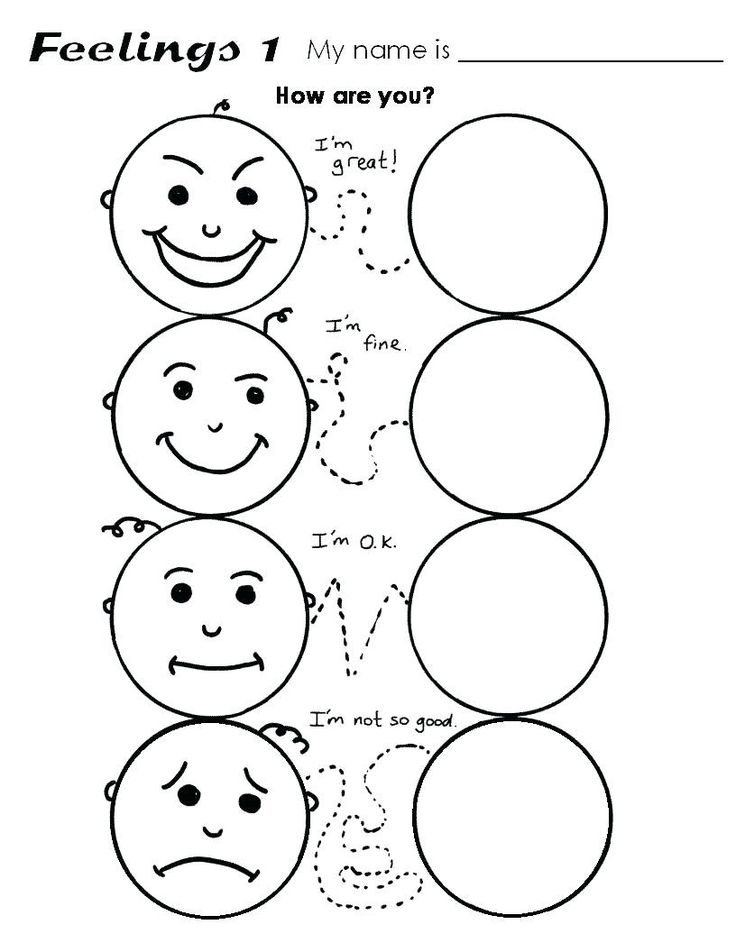
Relationships between signaling systems become stronger with age. This leads to an increase in the emotional coloring of the second signal reaction and control of the second signal system, as well as control of the second signal system over the manifestation of emotions. As observations have shown, the emotional reaction of older preschoolers remains weak when a fairy tale or story is told without appropriate illustrations.
Conditions for the development of emotions and feelings in preschool children
Research M.I. Lisina indicate that the emotions and feelings of preschoolers are formed in the process of their communication with adults and peers. Lack of emotional development is typical for those children who grow up outside the family and can live a lifetime. In preschool institutions there are many children for each teacher, so there is little emotional contact, but in the family the child receives and experiences the whole spectrum of experience, the source of which is the parents. Preschoolers are very good at capturing family dysfunctions, which is clearly seen from their drawings, and improper family communication forms a one-sided affective attachment, and most often to the mother.
Preschoolers are very good at capturing family dysfunctions, which is clearly seen from their drawings, and improper family communication forms a one-sided affective attachment, and most often to the mother.
A child's communication, both in the family and in kindergarten, requires a careful approach, as it can become a source of strong negative emotions. Rough treatment of a child negatively affects the entire group of children, causes dislike of the kindergarten teacher and makes the child reluctant to go to kindergarten.
According to T.A. Komissarenko, there is a direct relationship between the mood of a child and the mood of an adult. For example, the negative influence of a teacher, namely a stern look, an unfriendly tone, a lack of sympathy, led to the fact that children began to be aggressive towards their peers, quarreled, and took away toys. Some children were characterized by lethargy, depressive mood and unwillingness to engage in dialogue with their peers. The positive influence of an adult causes a positive reaction in a child.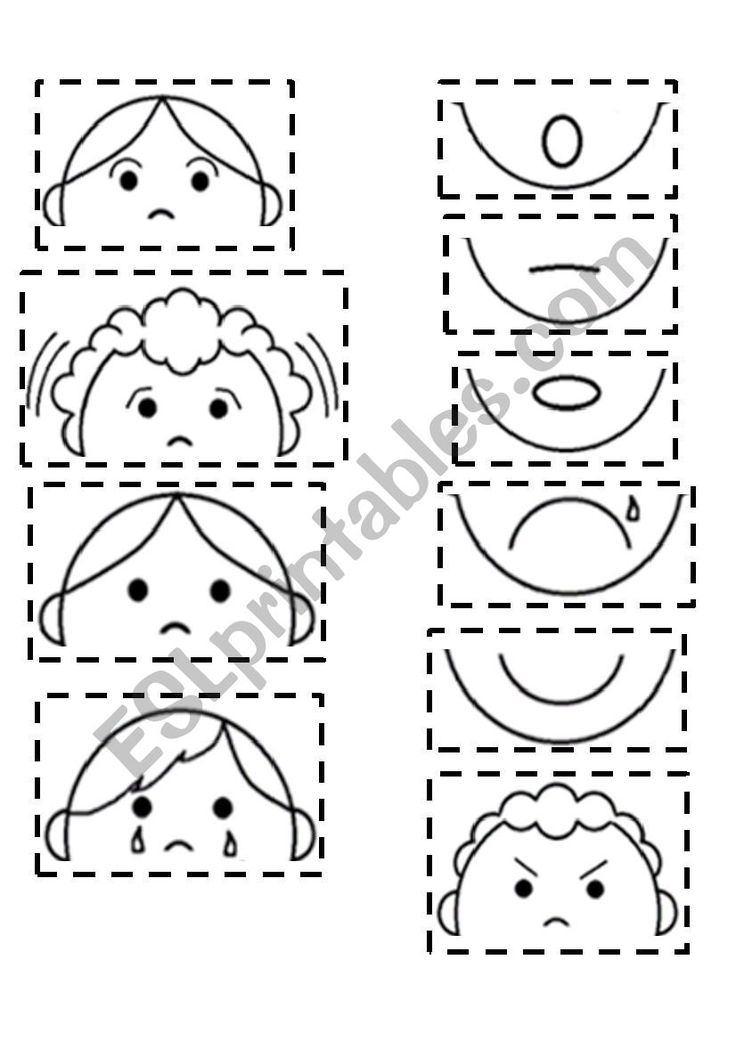
In the process of interaction between a child and an adult, a zone of close development of his emotional sphere is created. The child remains emotionally dependent on the adult both in early childhood and preschool age. A child trusts an adult when a positive relationship is established between them, he easily comes into contact with other children, as well as with other adults.
Compared to an adult, a child experiences much more emotions, because his life experience is still small, and he is poorly prepared for sudden situations.
Emotional reaction is a manifestation of the signaling function of emotions and feelings.
All changes that occur in the emotional sphere are connected with changes that occur in the environment, in relationships with people, in the body.
Children are optimistic about this or that situation in life and, according to K. Chukovsky, they believe that life is created only for joy.
The formation of higher feelings
The formation of higher feelings in preschoolers occurs when they form an idea of good and bad, about beautiful and ugly, when they form a cognitive need.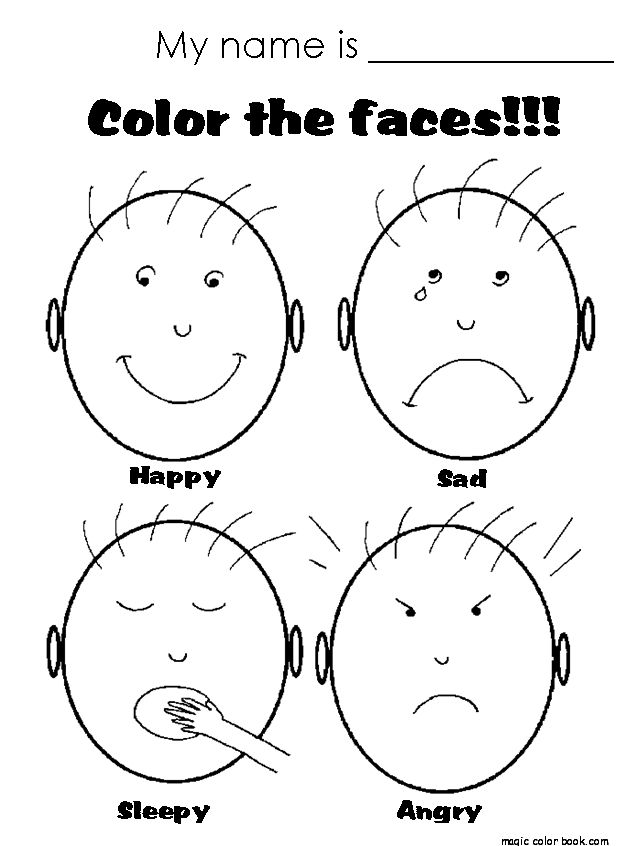
Feelings are not formed immediately, but gradually. At the first stage, the child can catch only a certain meaning of events, then he begins to catch their generalized meaning.
The preschooler's higher feelings merge - he evaluates objects and phenomena as "good", when "good" means "beautiful".
From an ethical point of view, "good" means good, and from an intellectual point of view, "good" means interesting.
The formation of higher feelings (intellectual, aesthetic, moral) begins at the age of 2-3 years.
Intellectual feelings arise in the process of cognitive activity - this is curiosity, surprise, curiosity, a sense of humor, a sense of something new.
Animals and birds evoke bright cognitive sensations in children, preschoolers are interested in their habits, examine with interest the paws, the muzzle of the animal.
Cognitive sensations of preschoolers are expressed in numerous questions, great pleasure gives them success, a discovery that they themselves have made.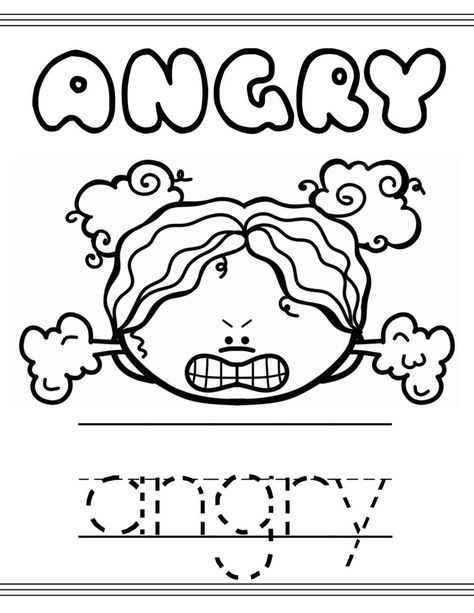
Intellectual feelings play an important role in the development of mental activity of preschool children, they are characterized by love for the truth, the desire to know reality.
A sense of duty begins to manifest itself at the age of 4-5 years - on the basis of knowledge, skills and abilities, moral consciousness begins to form, and the child begins to understand the requirements placed on him, correlate them with his actions, deeds, with the behavior of adults and peers.
At preschool age, the first forms of a sense of camaraderie and friendship appear when the children's team is well organized. At the same age, such a moral sense of patriotism, pride and love for one's country begins to form.
Collective activities and serious tasks form in preschoolers a sense of duty, responsibility, self-affirmation or dissatisfaction with themselves. Dissatisfaction arises when comparing oneself, one's abilities and qualities with other children.
So, in preschool childhood important changes take place in the emotional realm of the child.